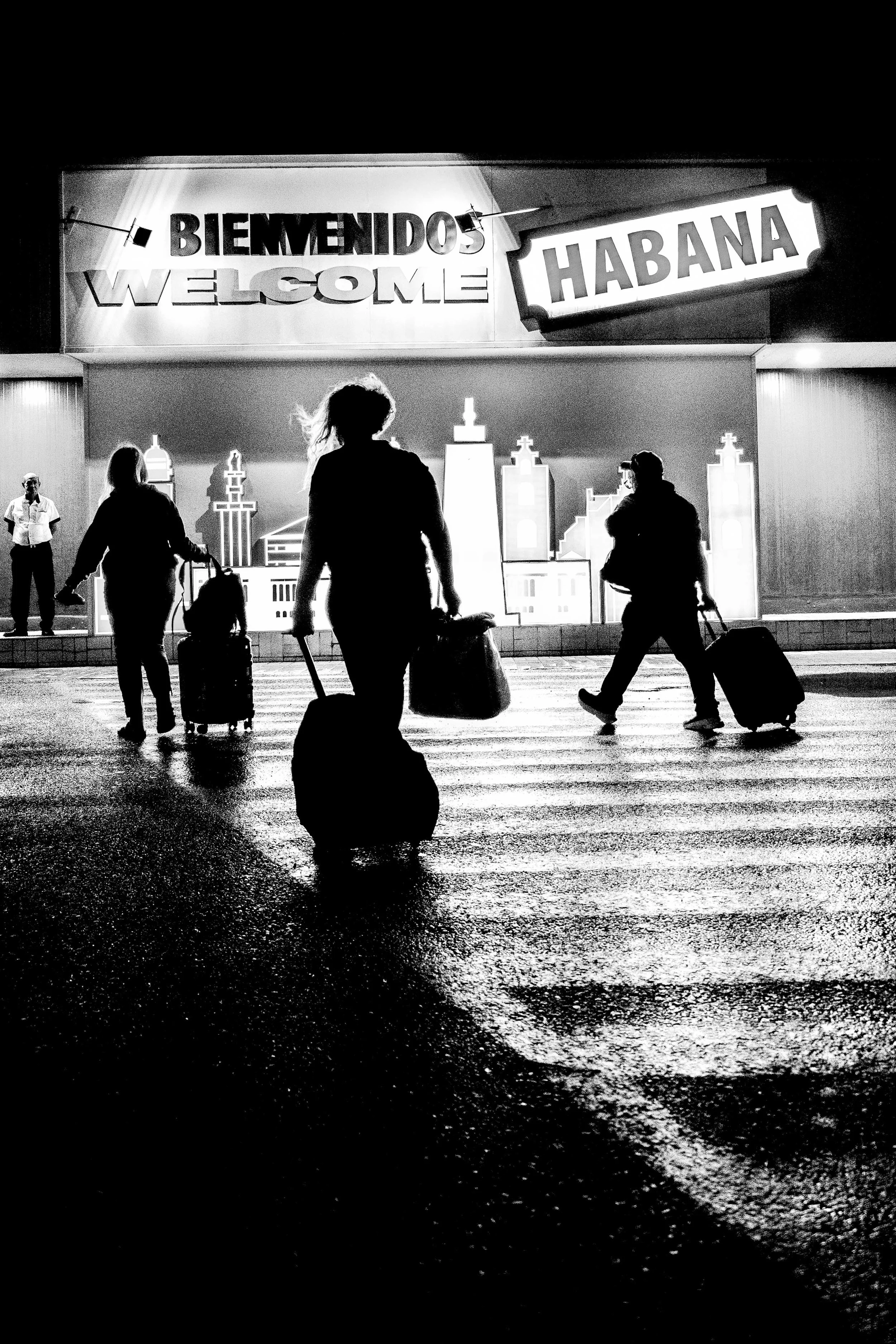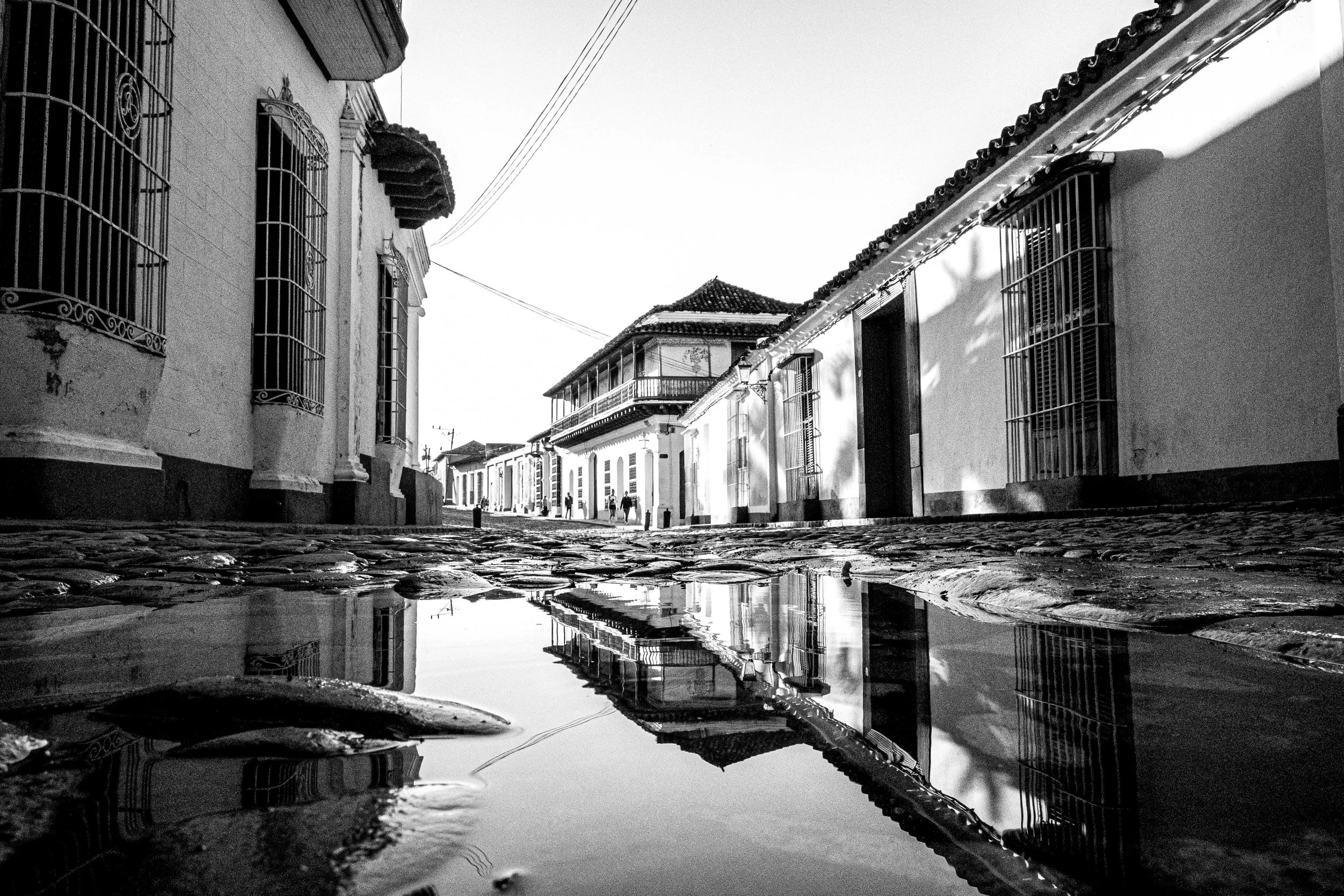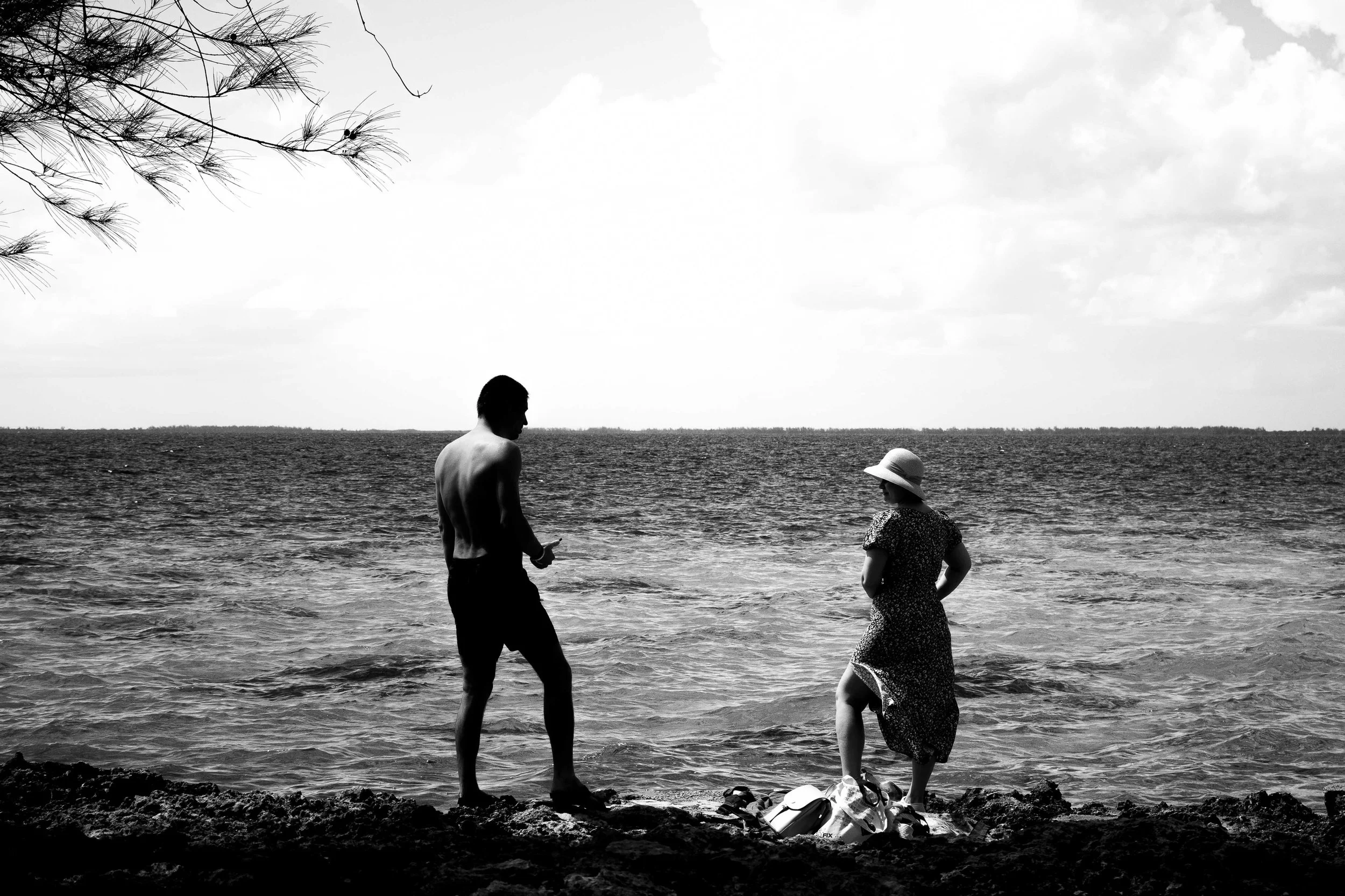Cuba photography guide: Best places to capture life across the island
Discover the best places to photograph life in Cuba with this personal photography guide to Havana, Trinidad, Viñales, Santa Clara, and the Bay of Pigs.
Night arrivals at Havana airport
When I set out to photograph Cuba, I didn’t want just pictures—I wanted presence. I wanted to understand the island and, if I was lucky, have that understanding show up in my photos.
This guide shares the places that gave me that feeling. Places where the camera disappeared and I felt connected to the land, to the people, and to something timeless.
Before writing this post, I put together a photography guide to Rome. It was my first attempt at exploring a single city in depth. I enjoyed writing that guide so much that I decided to do another one. That experience made me realize how valuable it is to share not just photos, but the stories behind them — which brings us to Cuba.
If you're planning your first trip, the official Cuba tourism site is a good starting point for logistics and travel requirements.
And with that, let’s jump right in!
Why Cuba speaks to photographers
Photographing Cuba is like walking through a memory that’s still alive. You see the marks of time everywhere—on buildings, cars, and faces. But there’s also joy, motion, and pride. There’s more in the air than just nostalgia. I sensed resilience.
A smile that tells stories
I shot the entire trip in black and white, not because I don’t love color, but because I wanted to focus on shape, light, emotion. Today, black and white photography stands out perhaps more than color photography—or at least I think so. Removing color helped me see better. It stripped away the surface and made me notice what matters.
If you're wondering what to pack, I kept things simple: a Nikon Z50 with a 16–50mm and a 50–250mm lens, plus a mini Manfrotto tripod. It was light, discreet, and perfect for moving around without drawing too much attention. Don’t forget to bring extra batteries and plenty of storage space. That applies for your phone as well!
Havana: The edges of beauty
Old Havana is rich in contrast. El Malecón gave me some of the most emotional moments, especially in golden hour, when the light turns the ocean silver and silhouettes take over the frame. Meanwhile, Centro Habana, more chaotic and raw, felt the most honest.
Driving by El Malecon
One powerful encounter you might have in Havana is with someone like the man I met. I can’t remember his name, but he was selling coffee in the morning and restoring a theater by afternoon. His hands told a story long before I pressed the shutter.
The classic cars are everywhere, and they’re beautiful. But don’t let them distract you from the people. That’s where the story is.
I also met a man named Lazaro, a security guard who moonlights as an astrologer. We talked for a while. He read my wife’s birth chart and told us what the stars said about our personalities. He spoke with conviction, warmth, and hope. I took his portrait in a quiet moment, and it became one of my most meaningful images.
Lazaro, security guard and astrologer.
Viñales: The land moves slowly
Viñales is where Cuba breathes deeply. Mornings roll in quietly as horses pass by on dirt roads. In the background, tobacco farmers wave as they work in the fields.
Classic car parked beneath Viñales’ dramatic hills
The pace here changes how you shoot. You slow down. You notice small things—a loose thread on a hat, the way someone holds their cigarette, how fog rolls over the hills. I found myself taking fewer photos, but feeling more connected to the ones I did take.
If you're visiting Viñales, try spending an hour without taking any photos. Just observe. Then, photograph only what moves you — not what seems impressive.
Santa Clara: Space to reflect
Frankly speaking, this is where I spent the least amount of time—an afternoon, to be exact. Yet Santa Clara holds its weight in silence. Most people know it for the Che Guevara mausoleum and its pivotal role in the revolution, but it’s more than that. The wide streets and shaded plazas made me stop often, just to look. There’s something patient about the city.
Remembering history in Santa Clara
I spent most of my short time observing, waiting for the right light or a passing gesture. Not every photo needs movement. Sometimes, stillness says enough.
Trinidad: Light and memory
Standing in the main plaza of Trinidad with early light cutting through the trees, I felt the city come alive—and with it, my camera. Photographing Trinidad helped me go beyond technique. It helped me listen.
Reflections in a quiet Trinidad street
Trinidad is full of character. And although the city vibrates with color, you don’t need color here to feel its energy. The city itself will do that for you.
I enjoyed walking its streets up and down. I think anyone visiting Trinidad will miss most of its beauty if they don't interact with the locals. You could say the same about almost anywhere, but that’s especially true here.
Bay of Pigs: Memory in the margins
The Bay of Pigs isn’t a place packed with action. It’s quieter than that.
I snorkeled here for the first time ever (yes, I struggled with the mask), and that alone gave me a chance to capture a profile of Cuba I didn’t think I’d get to see.
Two Cubans by the sea
You can also visit a crocodile sanctuary, which helped me practice my wildlife photography. You could argue it’s not very “wild” due to the captivity aspect—but let’s call it that for now.
The area is also known for its history. You’ve likely heard of the Bay of Pigs Invasion, but seeing the coastline in person adds a completely different perspective.
What you need to know
There wasn’t a single place that felt like a letdown. Even the airport—small, worn, and quiet—felt like a set from a different time. Cuba, in every part, invites you to see it with intention.
If I struggled with anything, it was resisting the urge to photograph every old car. As someone who loves cars, I had to remind myself that while the cars are iconic, they’re not the whole story.
Perfect timing at the museum
Give yourself time. Don’t rush through Havana and call it a day. Go beyond the obvious. Go beyond the capital.
Cuba isn’t a checklist—it’s a feeling. And feelings take time.
If you can, hire a guide, especially when visiting smaller towns. They’ll give you perspective you won’t get from maps or blogs.
And most importantly, look for the story. It’s always there, waiting.
Final thoughts
Photographing Cuba will not just change the way you view the world, it will also change how you photograph.
Cuba will remind you that the best photos aren’t always the ones with the most going on (or the least). They’re the ones that tell the truth.
If you’re planning to go, don’t just look for what’s photogenic. Look for what feels alive. Stay open. Listen more than you shoot. And when you do press the shutter, let it be from a place of connection.
Morning light and shadows near El Malecón
If you’re curious about what led me to build this site in the first place — and why photography matters so much to me — I shared more of that story in my very first post.
Curious to see how these moments came together? Explore the Cuba gallery to see some of the photos featured in this post — and a few that didn’t make the cut, but still carry meaning.
Summary of where to go
Havana – Old Havana, El Malecón, Centro Habana
Viñales – farms, backroads, caves
Santa Clara – Che memorial, plazas, street corners
Trinidad – the main plaza, side streets, local life
Bay of Pigs – coast, crocodile sanctuary
Share this post
Share this guide with someone curious about Cuba.
Follow me on Instagram at @still_jg for more black-and-white photos from around the world.









